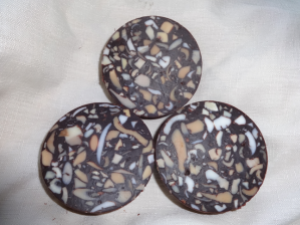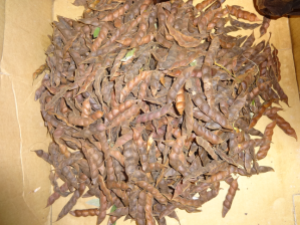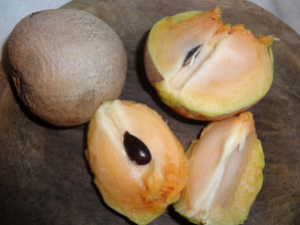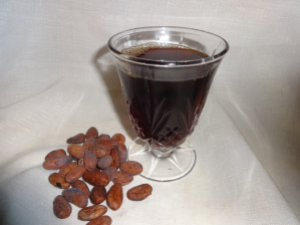 We are doing an Elixir Tasting for 15 people at Cotton Tree lodge tonight. So, whilst waiting for the appointed time (it will be a late night) I thought it would be the perfect time to talk about how we have devised a system to taste Elixirs (or Liqueurs).
We are doing an Elixir Tasting for 15 people at Cotton Tree lodge tonight. So, whilst waiting for the appointed time (it will be a late night) I thought it would be the perfect time to talk about how we have devised a system to taste Elixirs (or Liqueurs).
The purpose of Our Elixir Tastings is to create an experience which allows people to expand and quantify on their olfactory and taste senses by taking them through a flight of various liqueurs.
Gnome usually goes through the history and background, expanding on the use of this beverage as a medicine. He talks about the four ingredients which include alcohol,sugar,water and flavouring. Basically, any material which is aromatic, coloured and medicinal makes up the fourth component and examples of this are fruit, herbs or flowers.
My part is to take the tasters through the journey of “eye”, “nose” and “mouth”.
The “eye” component includes the colour and the clarity. I always like to emphasize the importance of the clearness of the liquid because it represents time and dedication in the making process. We allow our Elixirs to clear naturally by gravity and we take the time to let all the sediment settle down to the bottom. The clear liquid is siphoned out of its vessel and left to sit again and the racking process is performed on a monthly basis until clarity is achieved. It usually takes about 12 months to get to crystal clearness and in a few cases, this perfect visual appearance is never reached, despite our conscientious methods. The next step is the swirling of the glass to see the “legs” of the liqueur which gives an indication of the sugar content of the drink. High sugar content is shown by wider legs and a tendency for the liquid to cling to side of the glass and travel slowly back down to the bottom.
 Next, is the assessment of the “nose” component which I feel is actually the most important part of the tasting because the human olfactory system is very sensitive and has the ability to separate and sense hundreds of different smells. Compare this to the human taste system which can only detect 5 components (sweet, sour, bitter, salty and umami). The inhalation of the liqueur will give an idea of smell and the actual exhalation combines the flavour component.
Next, is the assessment of the “nose” component which I feel is actually the most important part of the tasting because the human olfactory system is very sensitive and has the ability to separate and sense hundreds of different smells. Compare this to the human taste system which can only detect 5 components (sweet, sour, bitter, salty and umami). The inhalation of the liqueur will give an idea of smell and the actual exhalation combines the flavour component.
Usually at this point, everyone gets twitchy because they want to start drinking so I try to speed it along to the taste experience. This part involves explaining the intricacies of “mouth-feel” and making people think about texture and taste. Usually, this is guzzling time but tonight I am going to do something different and request that they hold the tasting in their mouth for a few seconds, in order to saturate the taste buds, before swallowing.
And so tonight, I have chosen the following Elixirs for tasting: Lemongrass, Limecello, Passion Fruit, Cacao Fruit, Balam (Mayan White Cacao), Culantro, Suriname Cherry and Roselle (Sorrel).
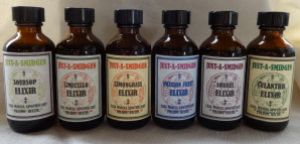 Gnome is also going through a timed series of various fermentation products to emphasize the importance of time required in reaching the full potential of a mature final product. Also, there will a bit on bitters if we can fit it in…
Gnome is also going through a timed series of various fermentation products to emphasize the importance of time required in reaching the full potential of a mature final product. Also, there will a bit on bitters if we can fit it in…
Phew…hope everyone enjoys themselves tonight!!
 Hello Everyone! It is really funny weather today; first it was sunny and now its all windy and grey. It can really affect your mood sometimes so we have tried to keep busy today in order to keep out of trouble!
Hello Everyone! It is really funny weather today; first it was sunny and now its all windy and grey. It can really affect your mood sometimes so we have tried to keep busy today in order to keep out of trouble!



